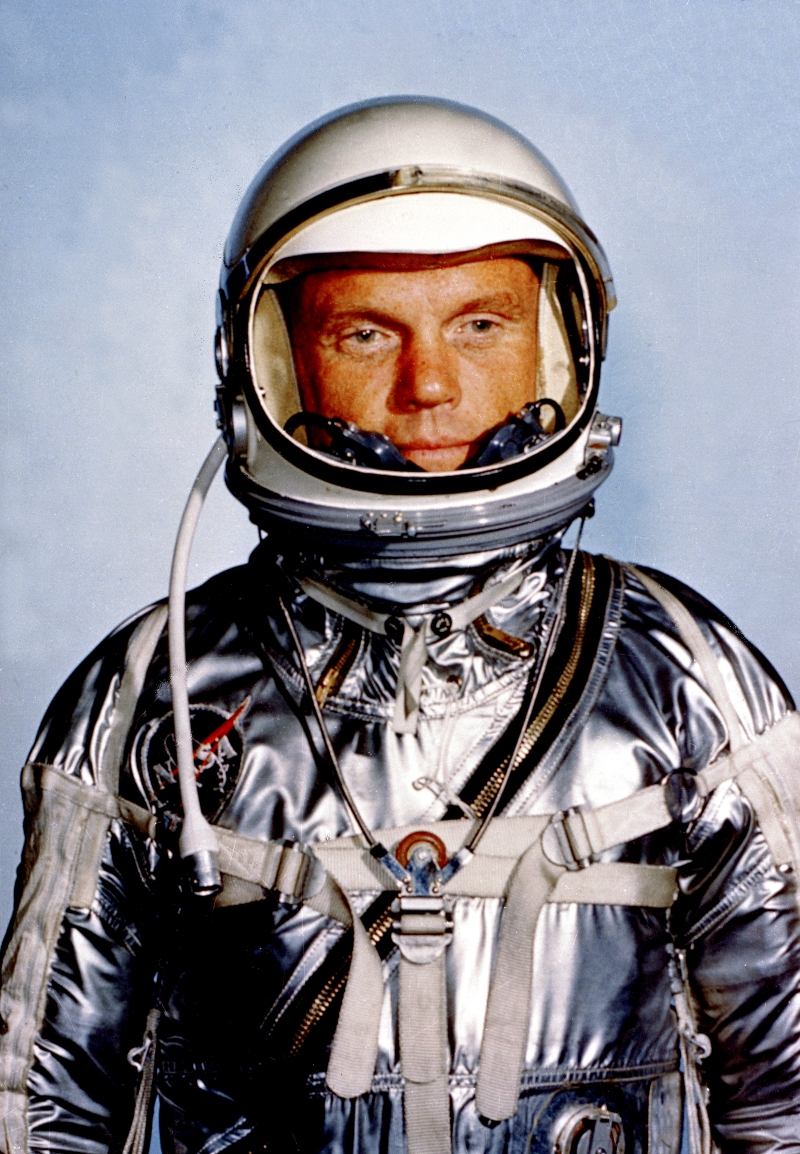 Apollo spacesuits weren’t just high quality but also high fashion, even inspiring runway apparel. A movie is in development now to adapt Nicholas de Manchauz’s recent book on the topic. NASA engineers involved in the design of next-gen spacesuits just did an Ask Me Anything at Reddit. A few exchanges follow.
Apollo spacesuits weren’t just high quality but also high fashion, even inspiring runway apparel. A movie is in development now to adapt Nicholas de Manchauz’s recent book on the topic. NASA engineers involved in the design of next-gen spacesuits just did an Ask Me Anything at Reddit. A few exchanges follow.
_______________________
Question:
What are your backgrounds? Engineers? Physicists? How did you get into this?
NASA:
We’re all engineers (aerospace, mechanical, bio-astronautics, human factors, and electrical). We’ve all been interested in space since we were kids and dreamed of working at NASA. The majority of us started our NASA careers as cooperative education students too, which allowed us to try several different aspects of engineering at NASA before finding our calling in space suit design and testing.
_______________________
Question:
Do you think we will ever (in the foreseeable future) “escape” from the giant bulky bubble spacesuits that have been the norm since the Apollo missions? A slimmer, more form-fitting one, like the ones the Mercury and Gemini astronauts wore, would certainly be easier to operate in, but is not technologically feasible for working in exposed space. Are there any designs that are aimed towards a thinner aesthetic?
NASA:
Great question! This is a question we get a lot, and there are a couple answers.
First, the Mercury suits were not designed to be pressurized except in a contingency – they were “get me down” suits similar to the orange ACES suits we used for Shuttle. The Gemini suits were used for EVA, but were sorely lacking in mobility. In comparison, the Apollo suit built just a few years later, which still has somewhat limited EVA mobility, appears much “bulkier”. As a general rule, the more mobile a pressurized suit, the bulkier it appears due to the use of more hard mobility elements such as bearings. The more hard components, the less change in volume of the suit through the range of motion, and the higher the mobility.
Also, an “alternative” to full pressure suits is mechanical counter pressure suits which have been theorized and worked on since the 1960s. Some of us think that this type of suit architecture has a place in the distant future once material technology enables it. For now, we do actively fund material development in this area. In the meantime, we are designing suits for the next 10-20 years, and those will likely be full pressure suits like you see with the EMU, Mark III, Z-1 and the upcoming Z-2!
_______________________
Question:

